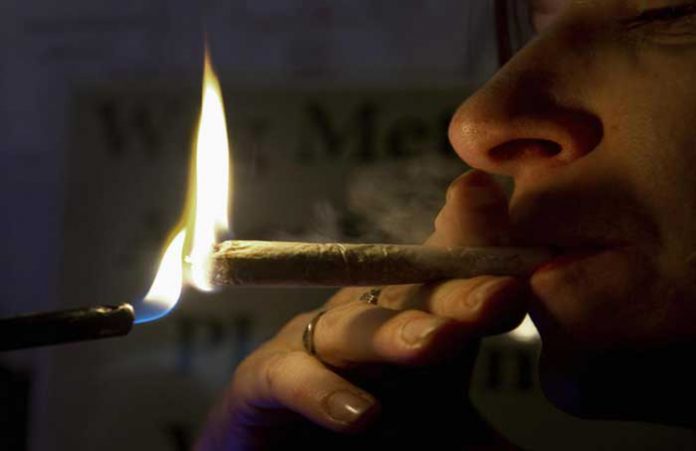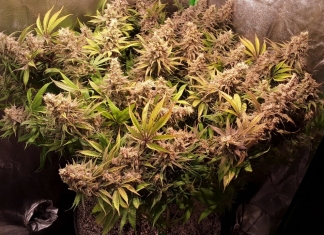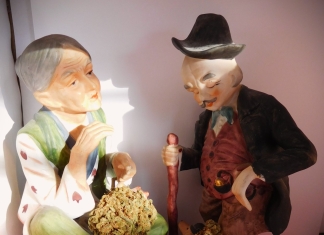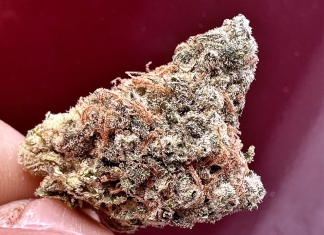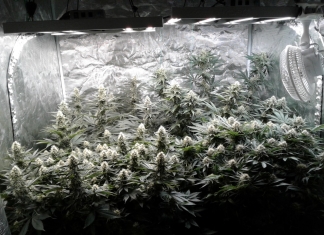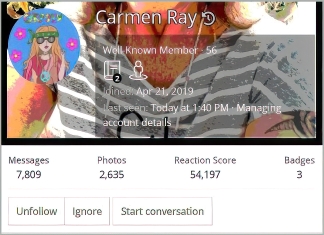Attorney General Jeff Sessions’ decision to change course on marijuana – giving the go-ahead to federal prosecutors who want to crack down on cannabis – shows how one strong-willed individual can make a big difference in setting federal policy.
It has happened before – in the 1930s with the rise of a tough and media-savvy anti-marijuana warrior named Harry Anslinger. In fact, the current imbroglio over marijuana can be traced directly to Anslinger. This history shows that public attitudes on cannabis can shift back and forth like a pendulum, and the issue may be far from settled.
“Pro-legalization activists are celebrating the widespread adoption of new marijuana laws [at the state level] but if history is any guide, declarations of legal marijuana’s permanence may be premature,” Emily Dufton, author of “Grass Roots: The Fall and Rise of Marijuana in America,” wrote recently in Time Magazine.
Anslinger was the first commissioner of the Federal Bureau of Narcotics, the forerunner of the today’s Drug Enforcement Administration in the Justice Department, and he was the first champion of a war on drugs and a fierce advocate of a ban on cannabis.
He had shown little interest in cannabis earlier in his career but this changed after he got the top job at the narcotics bureau. When he was appointed by Herbert Hoover in 1930 (serving until 1962), public opinion was turning against the prohibition of alcohol in the United States. This ban was repealed in 1933 and Anslinger began looking for another crusade to lead. He found it in opposing the use of cannabis, along with cocaine and heroin.
Anslinger strongly backed the Marijuana Tax Act of 1937, which banned the possession and sale of marijuana. He claimed that the substance could cause insanity and encourage people to commit acts of violence. He said young people were becoming “slaves to this narcotic, continuing addiction until they deteriorate mentally, become insane, turn to violent crime and murder.” He offered little scientific evidence to support his claims but he accelerated his drive, and his sensational crusade became a popular subject for the newspapers of his time.
Eighty years ago, the culture began branding weed as evil. A 1936 film, “Reefer Madness,” made this point in dramatic terms. A poster for the movie warned that marijuana caused “DRUG-CRAZED ABANDON” and declared, “WOMEN CRY FOR IT – MEN DIE FOR IT!”
There was a strong racial dimension to Anslinger’s anti-cannabis campaign. He said African-Americans and Latinos were the primary users of marijuana, and even connected the drug to jazz musicians whom he said were creating “Satanic” music because of their use of cannabis, according to author Johann Hari, who wrote “Chasing the Scream: The First and Last Days of the War on Drugs.” Anslinger argued that cannabis promoted “interracial mixing, interracial relationships,” Hari told CBS News.
Anslinger also used the word “marijuana” or “marihuana” instead of cannabis, which had been the common term for the substance up to then, because he thought “marihuana,” in Spanish, was more likely to be associated with Mexican immigrants. He was trying to link cannabis with minorities and in many ways he succeeded.
There are echoes of these attitudes today. Kansas State Rep. Stephen Alford has argued that illicit drugs were made illegal during the 1930s in part because “the African-Americans” were “basically users…just because [of]their character makeup, their genetics,” according to The Washington Post. Alford later apologized for his remarks. But there was a loud echo of Anslinger in the Alford furor.
The larger point is that support and opposition to marijuana has swung like a pendulum back and forth over a period of many years. It was at first considered a harmless weed with some therapeutic effects, and President George Washington grew a variety of the plant, hemp, on his plantation at Mount Vernon, Va. At the turn of the 20th Century, it was used along the U.S. border with Mexico, where it was widely grown. But this changed under Anslinger’s influence starting in the 1930s when he began serving as drug commissioner, working under Presidents Hoover, Franklin D. Roosevelt, Harry Truman, Dwight Eisenhower and John F. Kennedy.
Eventually, marijuana was placed on the federal government’s list of Schedule 1 drugs, which are considered the most dangerous controlled substances – classified the same way as cocaine and heroin.
In recent years, there has been another sea change as everyday Americans, notably young people and the elderly, have discovered cannabis for recreational and medical use. Increasing numbers of states are legalizing cannabis, despite the federal prohibition. Sixty percent of Americans want marijuana legalized, according to the Gallup poll, and an estimated 68 million Americans already live in states where the substance is legal. In addition, marijuana is a multi-billion dollar industry providing jobs for many and offering growing amounts of tax revenue to the states. (Full disclosure: My son is an executive at a trade publication for the cannabis industry.)
The federal prohibition of marijuana was officially ignored by President Barack Obama’s administration. But now Sessions and his Justice Department appear to be swinging back to a hard line, rescinding official guidance issued under Obama that had allowed marijuana sales to burgeon at the state level. This shows that Harry Anslinger’s theories could be making a comeback.


